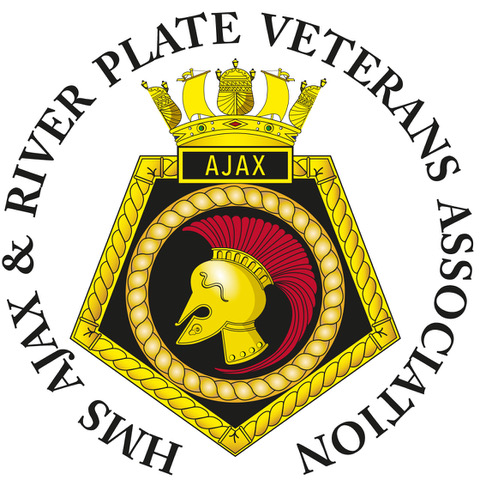Extract from Fleet Air Arm – The Admiralty Account of Naval Air Operations
Prepared for the Admiralty by The Ministry of Information 1943
The Royal Flying Corps
was responsible for both naval and military flying but a month before the outbreak of war in 1914 the Naval Wing was transformed into the Royal Naval Air Service. By 1918 it had 3,000 aircraft, 5,000 officers and 50,000 men. During the war naval aircraft operated in the Dardanelles, the Mediterranean and East Africa ; squadrons were lent to the British Expeditionary Force in France, where they flew side by side with the pilots of the R.F.C. and naval airships proved their value on coastal reconnaissance and patrol.
In April, 1918 the Royal Naval Air Service and the Royal Flying Corps were amalgamated to form the Royal Air Force
and for the next 20 years the Navy had no flying branch of its own. In 1924 a compromise was reached by the formation of the Fleet Air Arm
of the Royal Air Force which remained under the operational control of the Admiralty. The Admiralty provided 70 per cent of the pilots (including a certain number of officers from the Royal Marines) and all the observers and telegraphists. The Air Ministry built the Naval aircraft to Admiralty requirements and was responsible for administration and accommodation ashore, for training facilities, for the balance of the pilots and all the maintenance staff. Since only officers with RAF commissions were allowed to fly, the naval pilots had to hold two commissions.
This was a form of dual control which worked only through the good will of the officers and men of the two Services. Compromise is rarely satisfactory and in 1938 it was decided that the Admiralty should have absolute control of its own Fleet Air Arm, with the necessary shore bases.
Later, Coastal Command was placed under the operational control of the Admiralty. That is the situation today [1943]: the Admiralty states the tasks that are to be carried out by coastal aircraft, whether they belong to the RAF or to the Navy, and Coastal Command is responsible for translating plan into action. Ship-borne aircraft are at the disposal of the admiral of the force in which they form a unit.
The new organization came into official operation on 24th May 1939, the Air Ministry having handed over to the Admiralty certain airfields, including that at Lee-on-Solent, which became the headquarters and barracks of the Fleet Air Arm ashore, styled H.M.S. Daedalus.
The Navy's chief difficulty was that although it had plenty of pilots, observers and telegraphists it had no maintenance ratings trained to the all-important work of servicing the aircraft. The problem was met by the Air Ministry allowing a certain number of volunteers to transfer to the Navy, and lending 1,500 senior air artificers, fitters and mechanics, many of whom, wearing RAF uniform, are still [1943] doing valuable work with carrier-borne squadrons and at naval air stations ashore. At the same time the Navy began training its own body of maintenance ratings, who are gradually freeing the NCOs of the RAF.
**************
In Nazi Germany the Luftwaffe
were responsible for all air matters; however, once at sea the aircraft and pilots came under the operational command of the Kapitän zur See.
